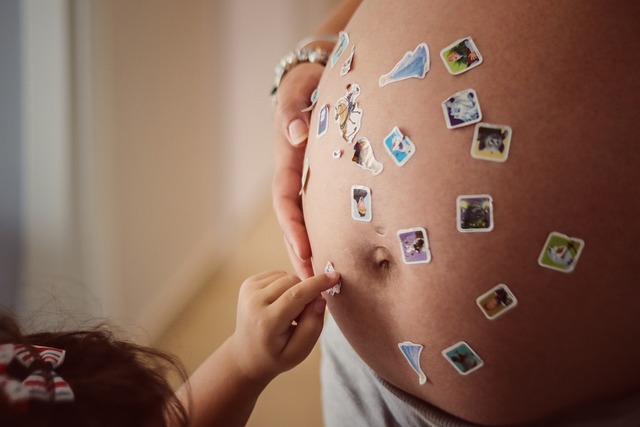Hey there! If you’re considering donor egg treatment, you probably have a lot of questions. Let’s break down some of the key points about success rates and what they mean for your fertility journey.
What’s the Difference Between Donor Egg Success Rates and IVF Success Rates?
When it comes to success rates, there’s a noticeable difference between using your own eggs through IVF and opting for donor eggs. As women age, the quality and quantity of their eggs decline. For instance, by the time a woman hits her 40s, the live birth rate with IVF drops significantly, hitting around just 19%. In contrast, donor eggs come from younger women, typically aged 21 to 32. This means that women of all ages can enjoy a much higher live birth rate of about 51% with donor eggs. So, if age has been a concern for you, donor eggs can really change the game.
What’s the Shared Donor Egg Program?
The Shared Donor Egg Program is a fantastic option that makes donor egg treatment more affordable. It allows recipients to share the eggs from a single donor, which means you can save money while still having a great chance of success. Many people wonder if sharing eggs will lower their chances of pregnancy, but the rates of ongoing pregnancies have remained consistent whether you share or not. So, not only does this program help with costs, but it also maintains your chances of bringing home a baby.
How Many Embryos Should You Transfer?
When it comes to transferring embryos, the norm has shifted. Many clinics now recommend transferring just one high-quality blastocyst, especially since donor eggs are from younger women. While it might feel safer to transfer more embryos, research shows that doing so can increase the risk of multiples without significantly boosting your chances of pregnancy. So, one might be the better choice!
Deciding to go with donor eggs can be a tough call, but understanding the benefits and success rates can help you make the right decision for you. If you’re curious about more details, you can check out our complete donor egg success rates, including information on using frozen donor eggs or gestational carriers.
For anyone looking to dive deeper into fertility options, you might find insights in our blog post about caffeine and breastfeeding, which touches on topics relevant to new mothers. And if you’re on the journey of home insemination, consider resources like the BabyMaker kit for at-home options, which provide a practical approach to family building. Also, for more in-depth information on intrauterine insemination, check out this excellent resource from Johns Hopkins.
In summary, understanding donor egg success rates and the options available can empower you in your fertility journey. Take the time to consider what’s best for you, and don’t hesitate to explore all the avenues available.

